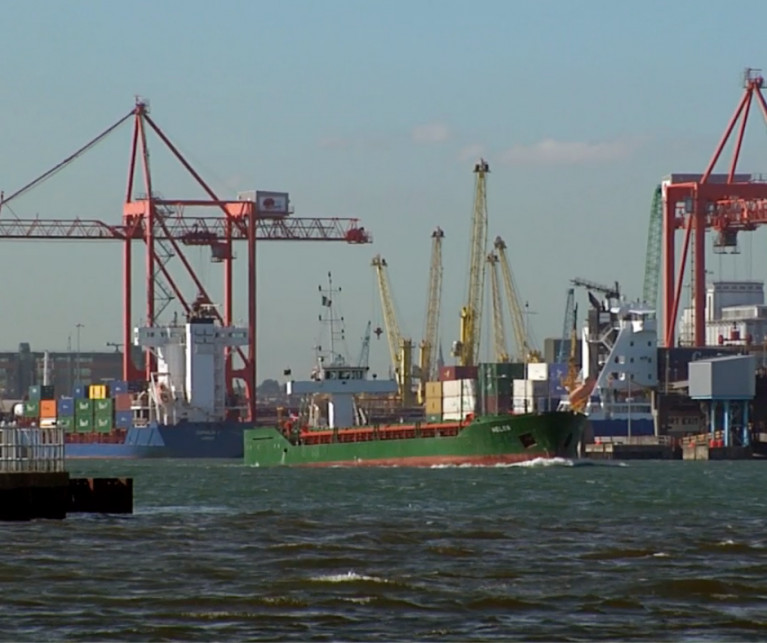Displaying items by tag: Between EU & UK
“Working Towards Strong Likelihood of No-Trade Deal (EU-UK) Must be Brought Back to the Fore” - Irish Exporters Association
At a press briefing today, the EU’s Chief Negotiator pointed out that the UK is not living up to several crucial issues jointly agreed in the Political Declaration from October 2019, including the level playing field.
The end of the transition period (31 December) is less than 7 months away and the ongoing difficulties experienced in negotiations between the EU and the UK continue. As such the Irish Exporters Association (IEA) is calling on businesses to prepare for the strong likelihood that there will be no comprehensive free trade agreement between the EU-27 and the UK from 1 January 2021.
The IEA has continually expressed its deepest concerns about the very real possibility that the UK will depart from the EU on 31 December without a trade arrangement. The impact of the worst-case scenario on businesses is further compounded by efforts to address the COVID-19 fallout. The Irish Exporters Association is expecting that no trade agreement will in fact be agreed and that this will severely impact Irish exporter’s ability to recover from the economic fallout owing to COVID-19.
Chief Executive of the IEA Simon McKeever commented: “We believe that there will be no agreement reached on a free trade agreement between the EU and the UK and therefore businesses need to make preparations for a worst-case scenario. Considering the magnitude of a recession that the country is facing, businesses need to make haste and prepare for the next shock to the economy, which is the UK’s full withdrawal from the EU. This is now potentially just months away.
Businesses are already tackling the challenges of COVID-19, however, I would urge them to go back to their Brexit preparedness planning and ensure that they are still on track to deal with the potential fallout.”





























































